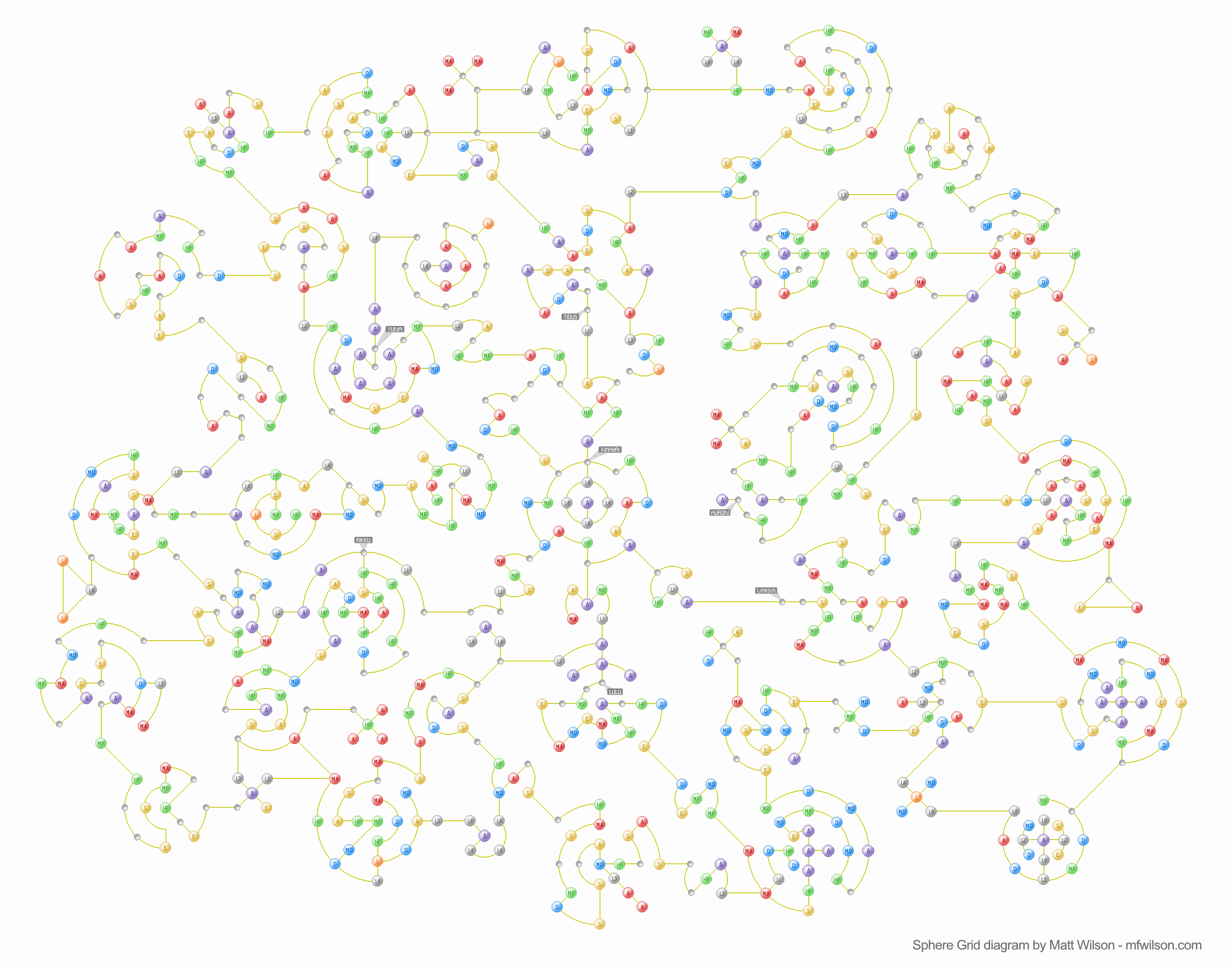

Combining these building blocks results in a finite-volume discretization for conservation laws on 3D cubed-sphere grids that is uniformly high-order accurate in all three grid directions. A rotation-based mechanism is introduced to automatically select appropriate smaller stencils at degenerate block boundaries, where fewer ghost cells are available and the grid topology changes, requiring stencils to be modified. Varying stencil sizes and slope discontinuities in grid lines occur at the boundaries and corners of the six sectors of the cubed-sphere grid where the grid topology is unstructured, and these difficulties are handled naturally with high-order accuracy by the multidimensional least-squares based 3D CENO reconstruction with overdetermined stencils. Cubed-sphere grids feature hexahedral cells with nonplanar cell surfaces, which are handled with high-order accuracy using trilinear geometry representations in the proposed approach. The approach is based on a central essentially non-oscillatory (CENO) finite-volume method that was recently introduced for two-dimensional compressible flows and is extended to 3D geometries with structured hexahedral grids. Numerical test problems, including grid convergence studies and realistic global modelling of solar wind conditions, are discussed to demonstrate the accuracy and efficiency of the proposed solution proce-dure.Ī fourth-order accurate finite-volume scheme for hyperbolic conservation laws on three-dimensional (3D) cubed-sphere grids is described. The Schwarz preconditioning and block-based data structure readily allow efficient and scalable parallel implementations of the implicit AMR approach on distributed-memory multi-processor architectures. An additive Schwarz global preconditioner in conjunction with local block-fill incomplete lower-upper (BFILU) type preconditioners provides robustness and improves convergence efficiency of the iterative method. The parallel implicit approach is based on a matrix-free inexact Newton method that solves the system of discretized nonlinear equations and a preconditioned generalized minimal residual (GMRES) method that is used at each step of the Newton algorithm. A flexible block-based hierarchical data structure is used to facilitate automatic solution-directed mesh adaptation according to physics-based refinement cri-teria. The adaptive mesh refinement (AMR) algorithm uses an upwind spatial discretization procedure in conjunction with limited linear solution reconstruction and Riemann-solver based flux functions to solve the governing equations on multi-block hexahedral mesh. The finite-volume discretization, parallelization, and implicit solves are also described. The general design principles of the adaptive multi-block approach are described and, in particular, how they are used in the implementation of the cubed-sphere framework. The approach requires significant initial investment in de-veloping a general and sophisticated adaptive multi-block implementation, with the added complexity of unstructured root-block connectivity, but once this infrastructure is in place, a simulation framework that is uniformly accurate and easily scalable can be developed naturally, since blocks that are adjacent to sector boundaries or sector corners are not treated specially in any way. Crucial elements of the proposed approach that facilitate this flexible design are: an unstructured connectivity of the six root blocks of the grid, multi-dimensional k-exact reconstruction that automatically takes into account information from neighbouring cells, and adaptive division of the six root blocks into smaller blocks of varying resolution that are all treated exactly equally for ghost cell information transfers, flux calculations, adaptivity, implicit solves and parallel distribution.

The unique feature of the proposed formulation compared to existing cubed-sphere codes lies in the design of a cubed-sphere framework that is based on a gen-uine and consistent multi-block implementation, leading to flux calculations, adaptivity, implicit solves, and parallelism that are fully transparent to the boundaries between the six grid root blocks that correspond to the six sectors of the cubed-sphere grid.

An accurate, effcient and scalable cubed-sphere grid framework is described for simu-lation of magnetohydrodynamic (MHD) space-physics flows in domains between two con-centric spheres.


 0 kommentar(er)
0 kommentar(er)
